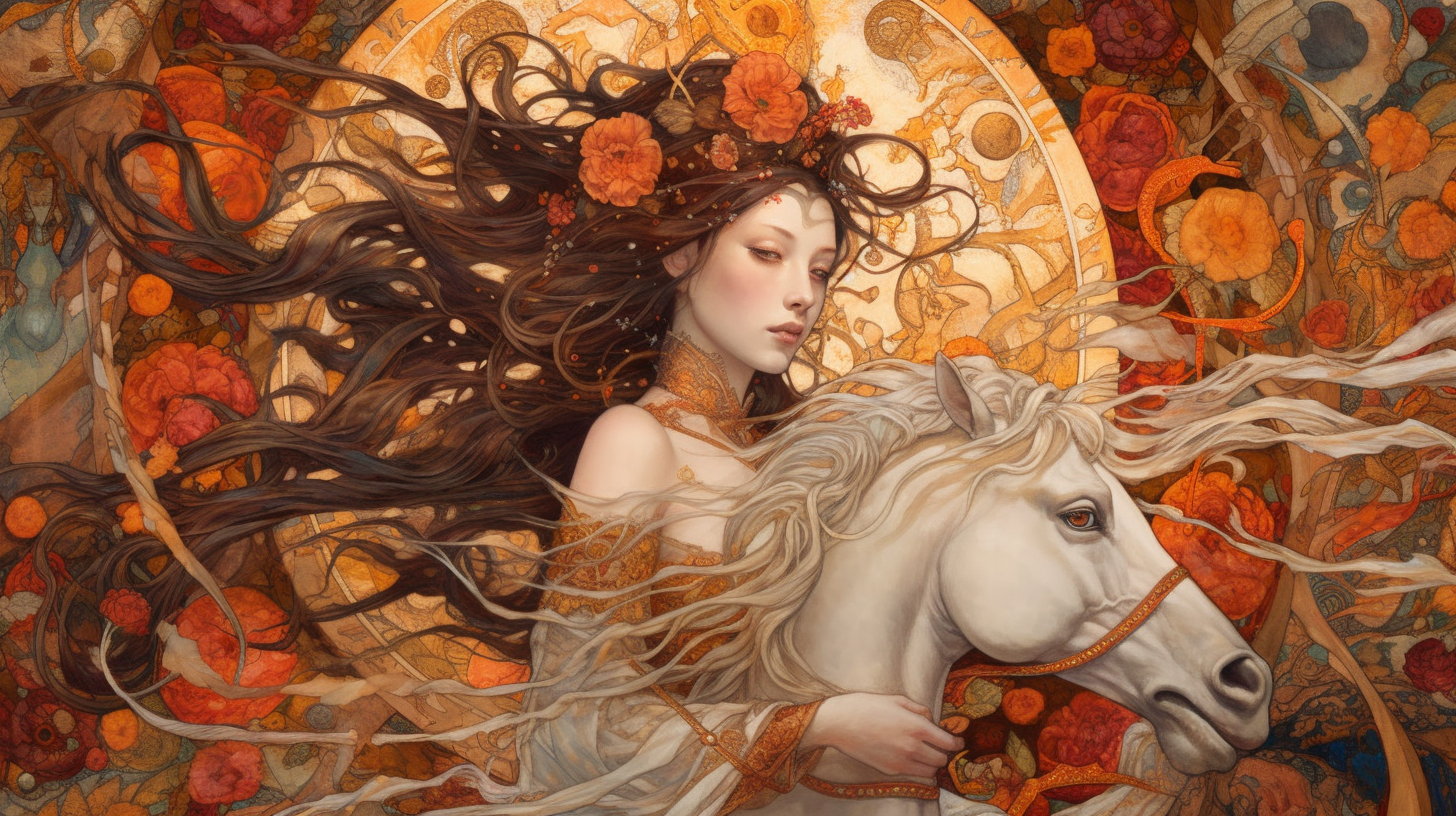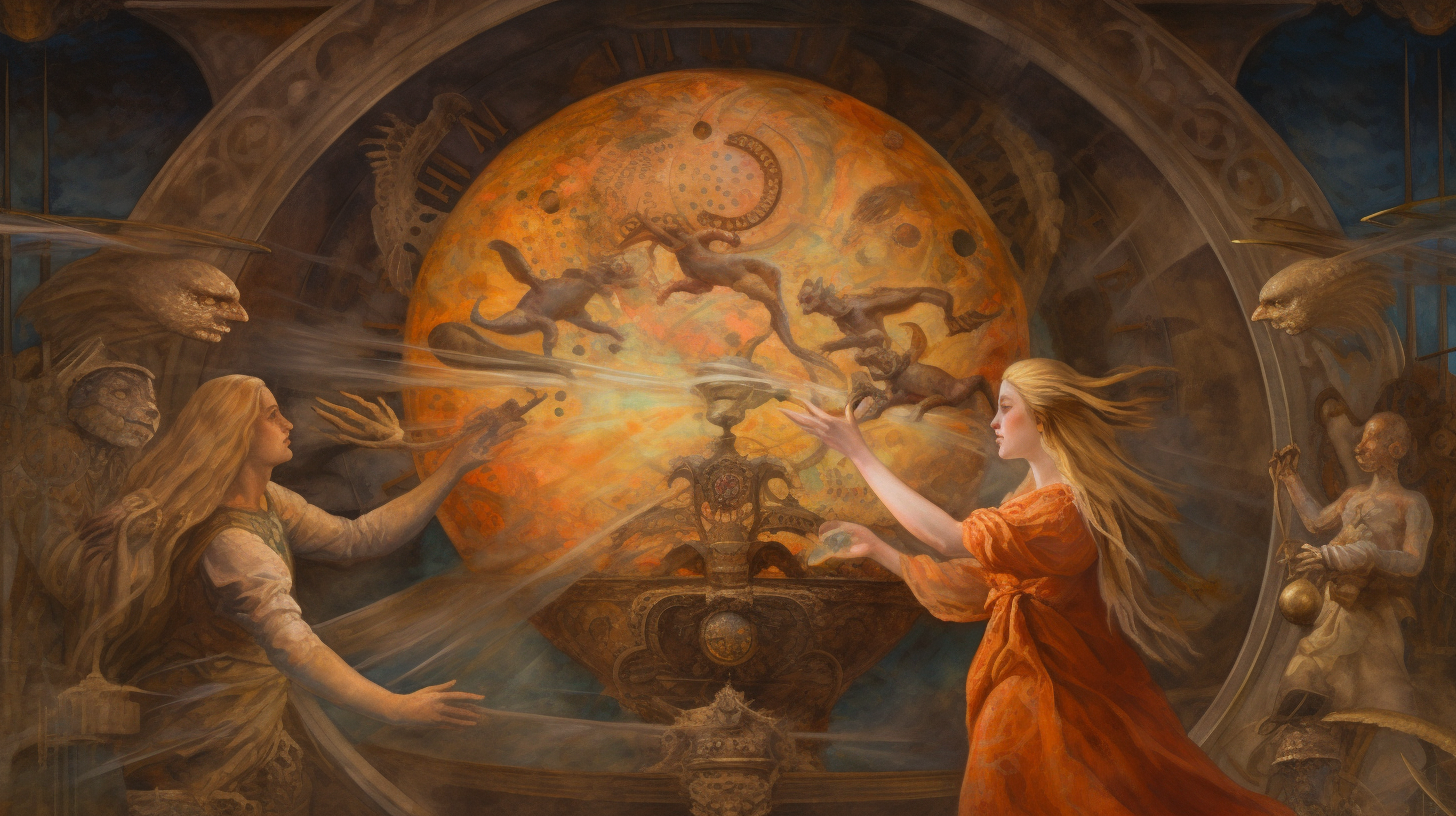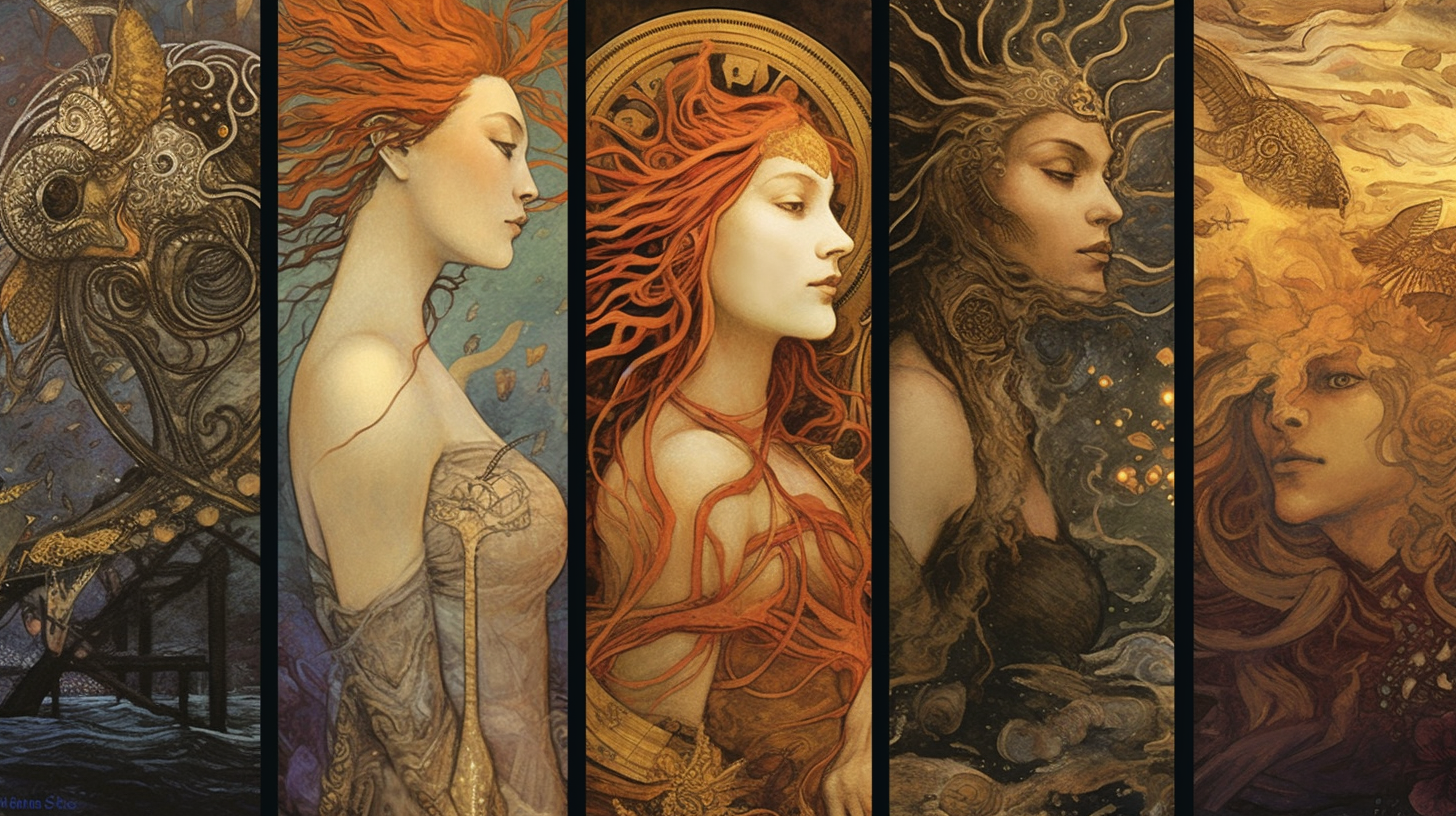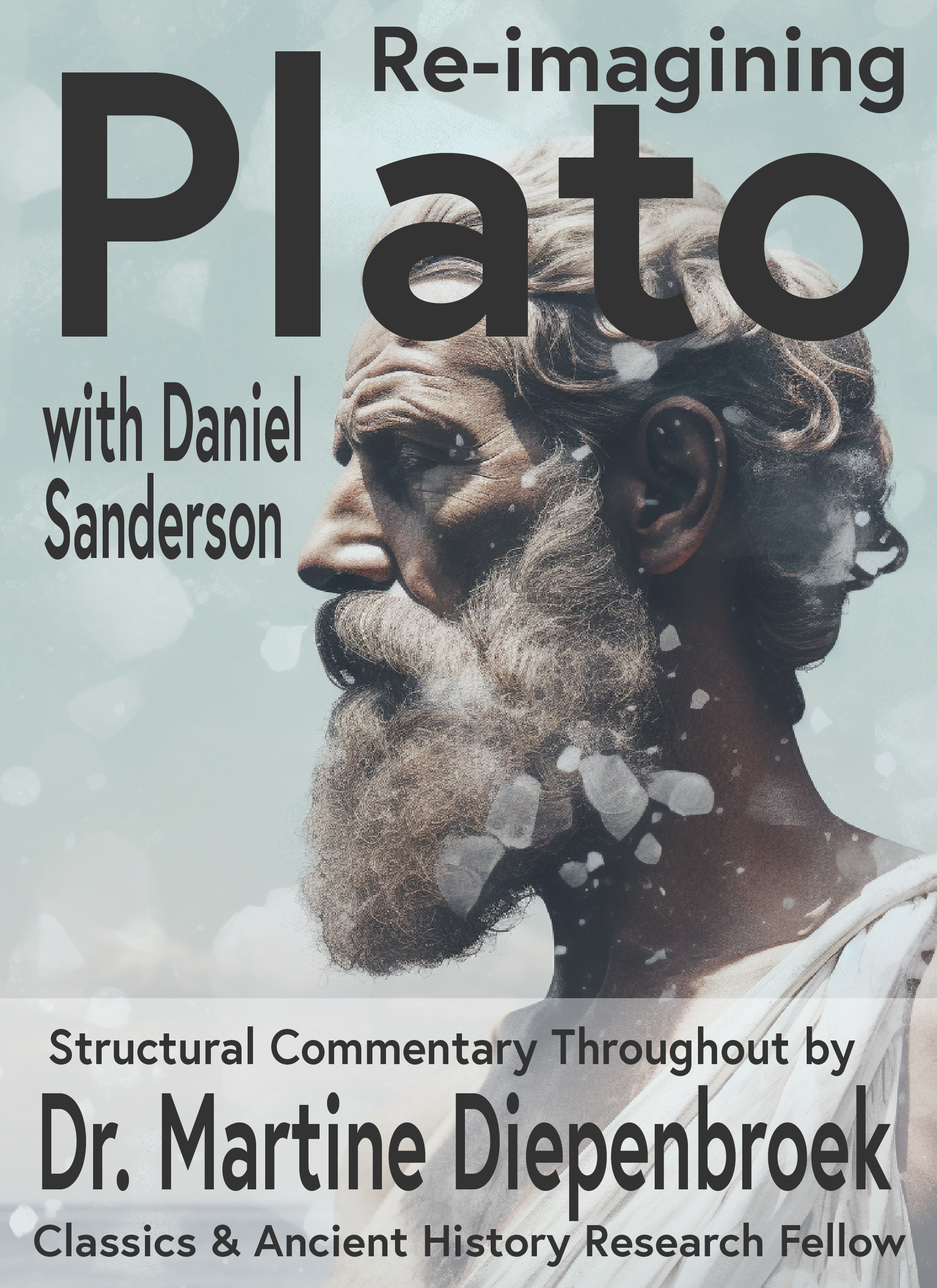The Power of Myth: Understanding Symbolism and Archetypes in Ancient Narratives
In mythology, symbolism and archetypes have long been revered as the keys to unravelling the mysteries of ancient narratives. Accordingly, scholars and enthusiasts have sought to extract profound meaning from these stories, from the towering figures of Zeus and Odin to the mythical quests of Gilgamesh and Hercules. However, in our relentless pursuit of metaphysical significance, have we inadvertently fallen victim to our delusions? This article aims to challenge the conventional wisdom surrounding the power of myth, exposing the fallacy of symbolism and archetypes in ancient narratives. We will endeavour to unmask the illusions and restore a more balanced perspective by critically examining historical contexts and employing intellectual rigour.

The Pitfalls of Symbolism:
Symbolism has often been regarded as the language of the gods, a means by which ancient cultures communicated profound truths and universal themes. Yet, what evidence do we have that these symbols were intended to convey esoteric messages? We must avoid projecting our desires for meaning onto these narratives. As Carl Jung himself cautioned, "We cannot assume that symbols have an inherent, universal meaning. They are contextual, subjective, and malleable."
Consider the ubiquitous symbol of the serpent found in numerous mythologies. It has been interpreted as representing wisdom, temptation, and even evil itself. However, such interpretations are often based on modern biases and preconceived notions. In ancient Egypt, the serpent was revered as a symbol of fertility and healing. In Norse mythology, the Midgard Serpent was a force of chaos but also played an essential role in the grand tapestry of the cosmos. These diverse interpretations reveal symbolism's subjectivity and cultural contingency, undermining any claim to universal meaning.

Archetypes: A Flawed Framework:
Archetypes, the recurring motifs and character types found in myths, are another construct we must scrutinize. While proponents argue that archetypes embody universal patterns of human experience, their application often suffers from oversimplification. The hero archetype, for instance, is frequently depicted as the noble figure who triumphs over adversity. Yet, the hero's journey is not always a noble quest but can be driven by selfish ambition or misguided principles.
Furthermore, the interpretation of archetypes is not an exact science. Joseph Campbell's monomyth, which seeks to distill all heroic narratives into a single structure, may provide a convenient framework. Still, it is an oversimplification of the rich tapestry of mythic storytelling. The hero's journey cannot be reduced to a mere formula; it loses its potency and cultural specificity in such reductionism.
Historical Context: The Missing Piece:
To truly understand ancient narratives, we must appreciate the historical contexts in which they emerged. Mythology was not a mere abstraction of symbols and archetypes; it was deeply intertwined with ancient societies' social, political, and religious fabric. The stories were vehicles for cultural transmission, moral instruction, and political propaganda. They reflected the values, beliefs, and aspirations of those who created and shared them.
For example, the tale of King Arthur and the Knights of the Round Table, often cited as a paragon of chivalry and honour, was popularized during the High Middle Ages, an era marked by feudalism and knightly codes. The myth served as an idealized representation of the medieval knight and the social order. To interpret this narrative solely through archetypal lenses would be a disservice to the historical complexity and specificities it embodies.

Conclusion:
In our pursuit of transcendence and hidden meanings, we have often succumbed to the allure of symbolism and archetypes in ancient narratives. First, however, we must recognize the limitations and pitfalls of these interpretive frameworks. Symbolism is subjective and culturally contingent, while archetypes oversimplify the diverse range of human experiences embedded in mythic tales.
To truly appreciate and understand ancient narratives, we must look beyond symbols and archetypes and engage critically with the historical contexts in which they were shaped. By unmasking the illusions surrounding the power of myth, we can embrace a more nuanced understanding of these stories, one that acknowledges their cultural significance without succumbing to misguided interpretations.
Let us be vigilant in pursuing knowledge and resist the temptation to reduce complex narratives to simplistic constructs. We can truly grasp the multifaceted nature of ancient myths and their enduring relevance through intellectual rigour, historical awareness, and a commitment to questioning conventional wisdom.

Plato Re-Imagined
This course includes 32 lectures covering most of Plato's dialogues and allowing the student to return to something divine. Divinity should resonate with secular and religious leaders alike. I present a compatible approach in my lecture on Consilience.
Also included with this course is a free book. If you pay for the course, you will get a physical copy of the book for free, mailed to your chosen address — anywhere on the planet!






